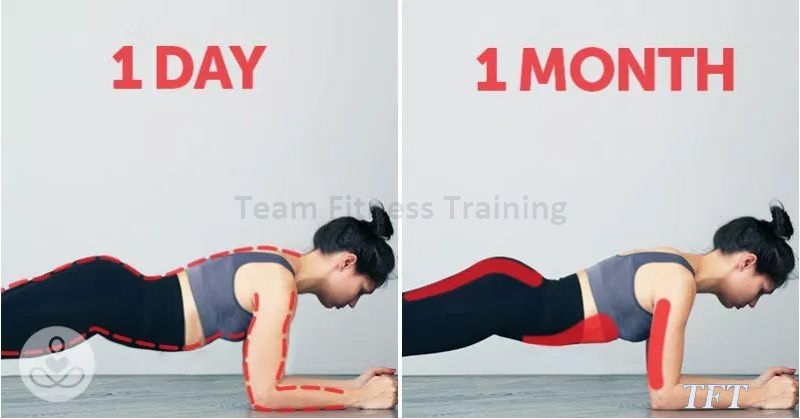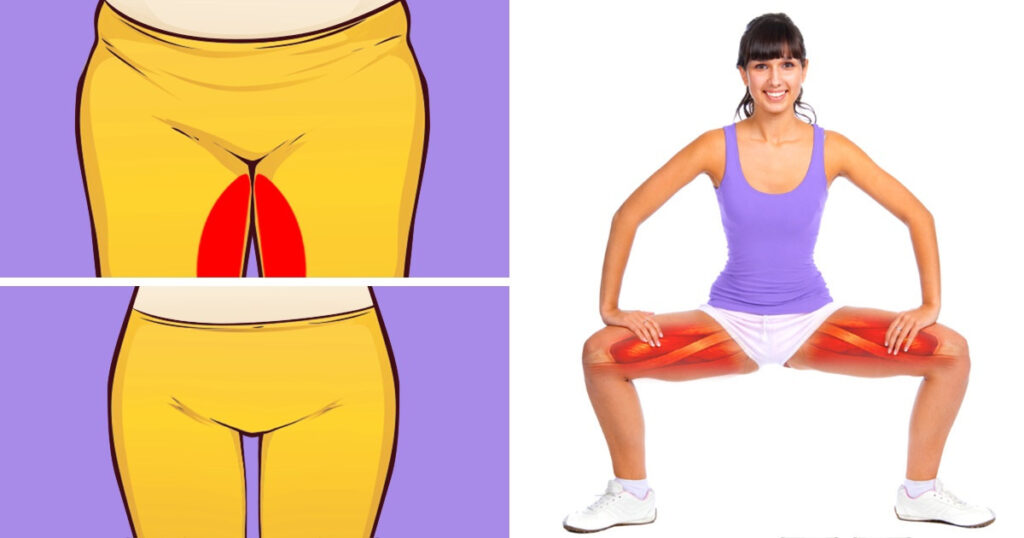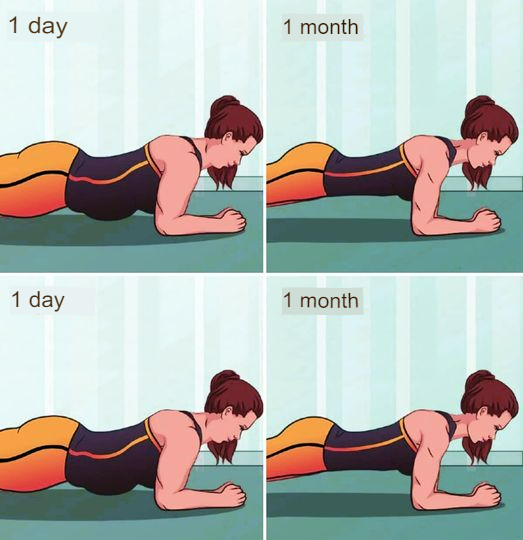Isometric exercises consist of tensing the muscles but without moving them. Many people believe that workouts require a lot of movement, but these exercises prove otherwise. These exercises are low-impact, and you can do them without gym equipment, no matter where you are.
When you do isometric exercises, you strengthen your muscles by holding them in certain positions. You will hold the poses for at least six seconds in a row, being careful not to move. These exercises make your muscles work more than necessary, strengthening them in a way that other activities do not.
You can do these exercises with weight lifting or resistance training for optimal benefits. Activities often include yoga or Pilates poses, but are not limited to those areas. With regular use of these methods, you will notice an improvement in muscular endurance.
If you’re not already familiar with isometric exercises, this article will tell you everything you need to know. Plus, it includes bodyweight exercises to help you get started.
How isometric exercises work
You have probably done these exercises before without realizing it. As long as you feel tension in your muscles and your joints do not move. It sounds easy, but holding still while contracting your muscles is challenging.
These exercises work because they activate your muscle fibers. When equal forces act against each other, but there is no movement, muscle fibers are activated, building strength. You can also target specific muscles, allowing you to use them to achieve your goals.
Static exercises not only strengthen muscles. By performing these exercises with your body weight, the muscle tissues fill with blood and create metabolic stress. Metabolic stress increases physical endurance and stabilizes muscles.
Eight benefits of isometric exercises
Studies show that these exercises have a number of health benefits, including:
- Lowering of blood pressure
- higher pain threshold
- Jump height improvement
- Increased kicking ability
- Faster recovery after surgery or injury
- Reduces symptoms of rheumatoid arthritis
- Improves muscle stability
- Reduces pain in the lower back
The health benefits are not the only ones that await you. Other benefits are the following:
- No need for gym equipment
- Can be done anywhere
- Targets specific areas without straining the joints
- Requires less practice to develop good form
- It is safe for those with movement restrictions
Risks of isometric exercises
Like any form of exercise, these exercises carry some risks. Although they are less intense for the major muscle groups than other dynamic movements, they can still affect injuries. You should not perform these exercises unless your doctor gives you permission to do so after injury or surgery.
Tips to keep in mind when starting isometric exercises
Remember to squeeze the muscle as you hold each pose. Since it doesn’t rely on movement to fatigue your muscles, you have to squeeze them to get to that point. Squeeze your muscles as much as possible, but stop if it becomes painful.
It is also essential that you remember to breathe correctly. When you tense your muscles, it’s natural to want to hold your breath, but it’s not advisable. Your muscles need oxygen to improve their performance, so you should focus on your breathing.
The correct way to breathe during static exercises is to fill your belly with air as you inhale. As you exhale, exhale through your nostrils until your belly contracts. Continue breathing in and out in this way throughout the exercises.
You’ll also need to make sure you maintain proper form to avoid injury. If you don’t stick to the position, you could injure your shoulders or lower back. Also, you will only be able to work your muscles effectively if you hold your posture correctly.
Do not overdo it, even if you want to keep pushing. If you can no longer maintain the correct position, it’s time to stop. When the pose doesn’t feel right, move on to another and try again another day.
Another tip is to change your position every day. Do different isometric exercises and also mix other types of movement. You don’t have to stop running when you’re into isometric options.
Try these five isometric exercises:
Now that you know what isometric exercises are and how to do them correctly, it’s time to get started. These are some of the best isometric exercises to start with, but you can add them to your routine at any time.
1. Wall squat
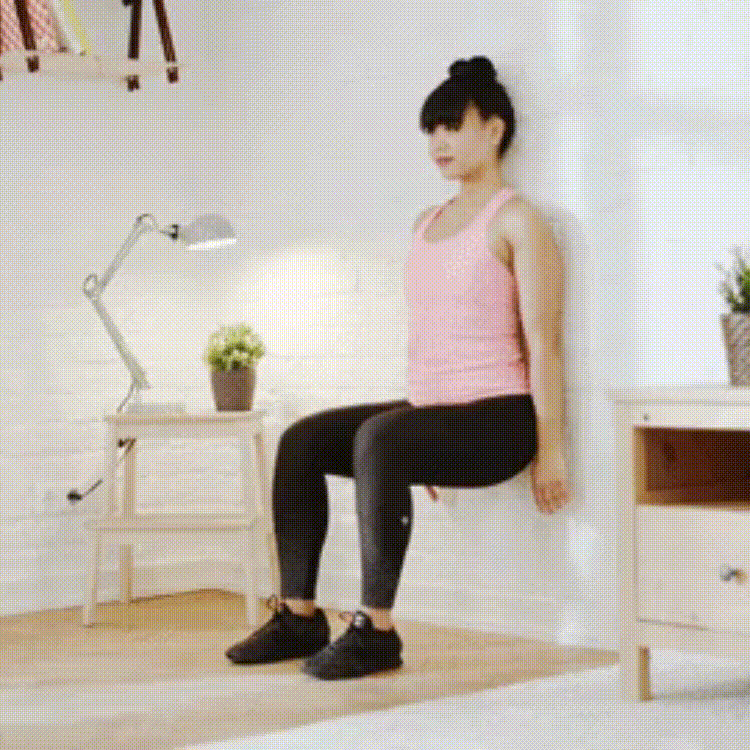
Start by standing about two feet from a wall with your back against it.
Slide your back down the wall until your hips and knees are bent at a 90-degree angle.
Keep your shoulders, upper back, and the back of your head against the wall.
Both feet should be flat on the ground with your weight evenly distributed.
Hold the position for the required time.
Repetitions: 2 series of 15 seconds.
2. Glute Bridge
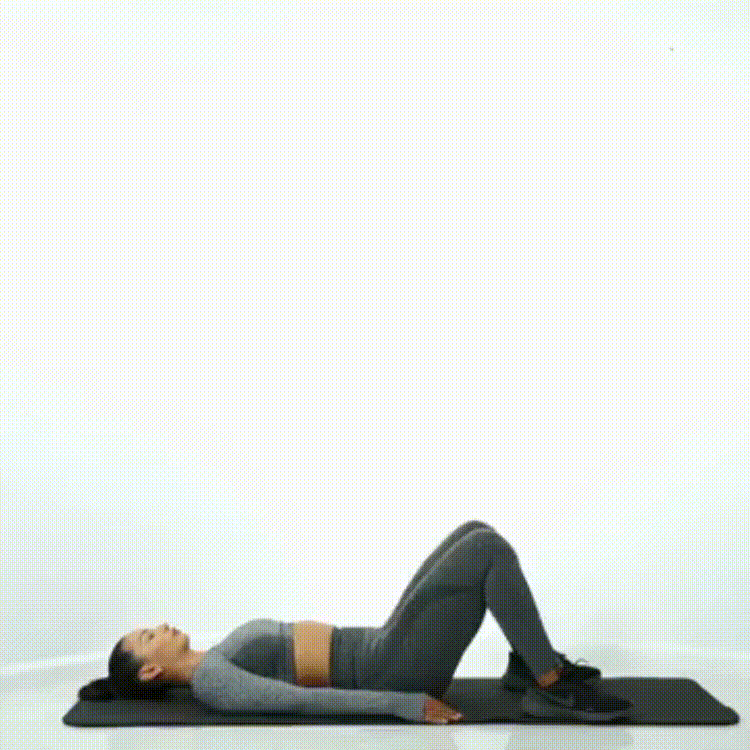
Lie on your back with your knees bent and your feet flat on the floor.
Lift your hips off the ground so that your body forms a straight line from your shoulders to your knees.
Pause when you are in that position, and then slowly lower your body to the ground.
Do 2 sets of 12 seconds.
3. Deep squat
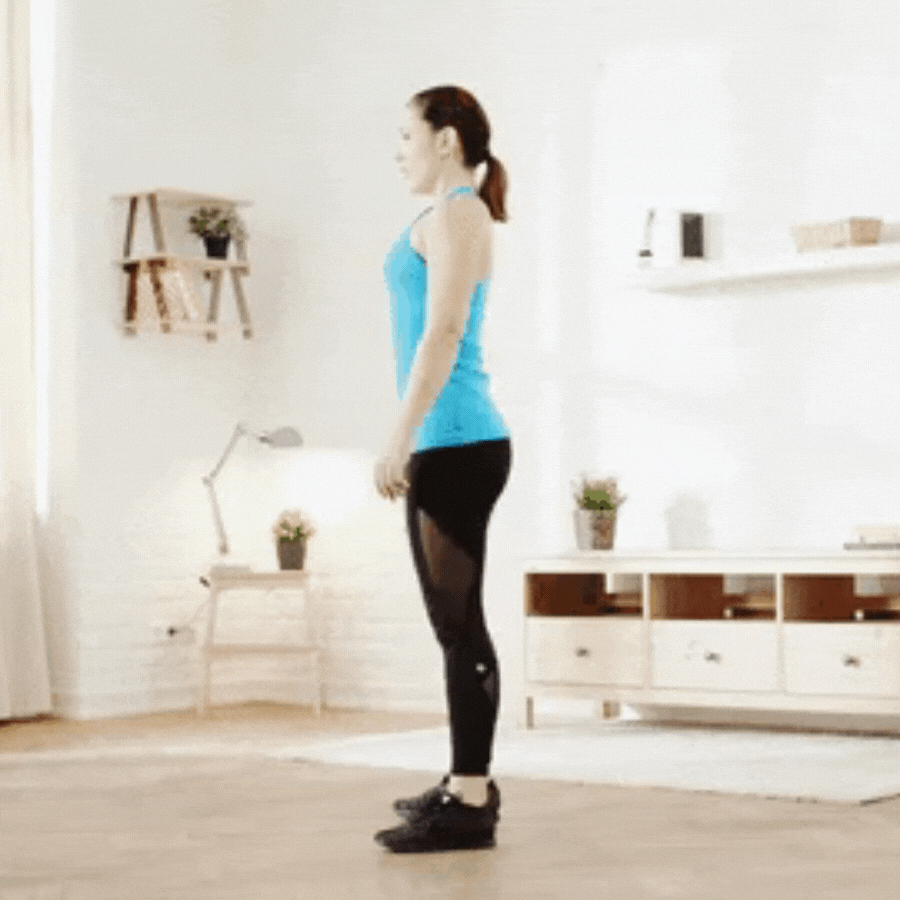
Stand tall with your feet slightly wider than shoulder-width apart and your chest lifted.
Extend your hands in front to help maintain balance.
She starts by sitting you down and then standing up as if you were sitting in an imaginary chair. Keep your face and head facing forward.
Lower your body down so that your thighs are parallel to the ground. Put all your weight on your heels. Keep your body tense and push your body up through your heels to return to the starting position.
Do 12 repetitions.
4. iron
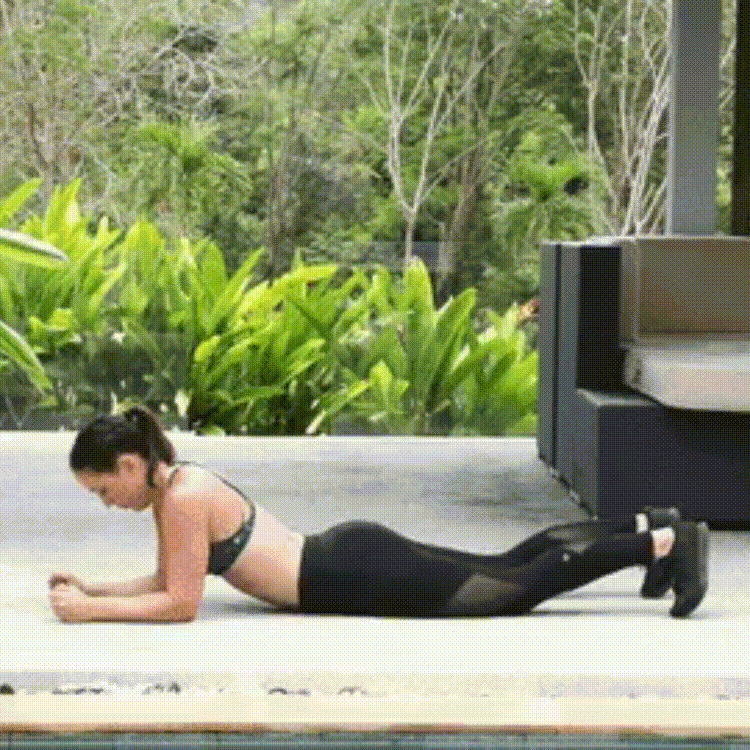
Lie on the ground, face down.
Position your arms so that your shoulders are directly over your elbows, with your wrists in line with your elbows in a straight line (see image above).
Contract your abdominal muscles and gluteal muscles (the muscles that make up your buttocks) and hold the position for as long as you can. Gradually lengthen the holding time of the position.
Rest for about a minute between repetitions.
Try to resist as long as possible.
5. Side Plank
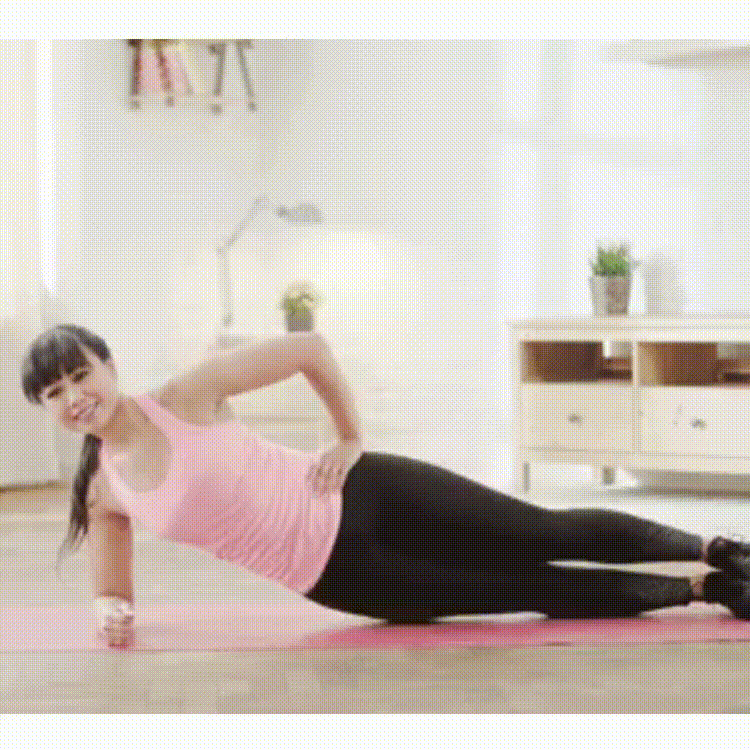
First, you should lie on your right side with your legs extended and your feet and hips resting on the floor one on top of the other.
Next, your right elbow should be directly below your shoulder, per the illustration, and then contract your core muscles and lift your hips and knees off the ground.
You have to hold on as long as you can. And then return to the starting position. Then do the other side and repeat.
